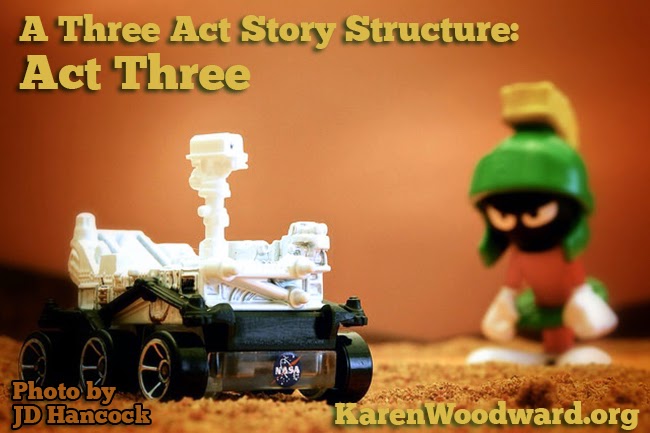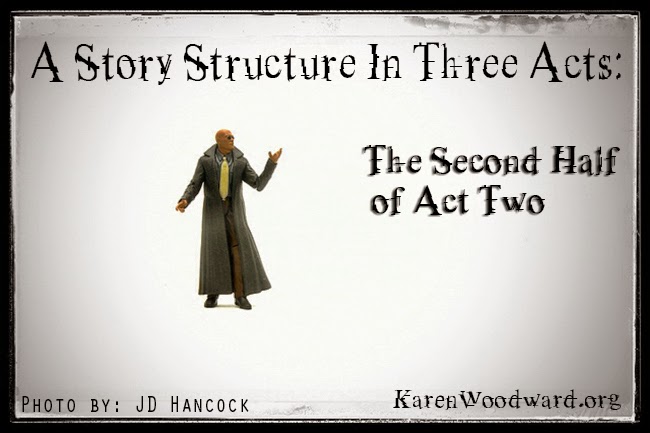I’ve already written about how many of my favorite authors are avid gamers. (BTW, Chuck Wendig—a long time gamer as well as a game designer—has written a fabulous article about gaming and its relation to storytelling: Twenty-Sided Troubadours: Why Writers Should Play Roleplaying Games.)
Recently, I’ve started gaming over at Storium.com and my interest in RPGs has come back with a vengeance. And not just because, as Chuck Wendig and many others have said, it can help exercise one’s storytelling faculty. As it turns out, gaming is fun. (grin)
Gaming Systems
In the past, whenever I thought of tabletop gaming I thought of Dungeons & Dragons. It hadn’t occurred to me there might be other gaming systems, systems which were significantly different from each other in important respects. I won’t enumerate the various systems here—a Google search will give you that—but I’d like to talk about one of them, RuneQuest.
RuneQuest
“In Britain in the 1980s RuneQuest was recognized by the gaming world as one of the ‘Big Three’ games with the largest market share, the others being Dungeons & Dragons and Traveller.” (RuneQuest, Wikipedia)
RuneQuest was published by Chaosium in 1978 (love that name, ‘Chaosium’). The reason I’m writing about RuneQuest is that, of the very few systems I’ve researched lately, it seems one of the most conducive to storytelling—or, really, group storytelling. For instance:
“In many ways, the [RuneQuest] system was developed as a response to more scalar systems, such as Dungeons & Dragons' level-based system. Through the removal of leveling, and the adherence to skill improvement, RuneQuest avoided many of the perceived flaws of such systems.” (RuneQuest, Wikipedia)
Pendragon
As I read about RuneQuest I stumbled across a reference to King Arthur Pendragon. This game is set in King Arthur’s England and has been described as a game with “a moral point of view” because of its use of virtues and vices in character creation. Also, it seems to succeed in closely wedding the game system with the game world. One of my goals as a writer is to ‘hook’ my characters and their actions into the setting, the environment. To make the environment both real and vital to the story.
In fact, Pendragon reminded me of a system for characterization I struggled to put together not too long ago. In any case, I thought it was interesting enough from both a gaming and storytelling perspective to share with you.
Character Creation in Pendragon
In Pendragon, personality traits are handled a bit differently than in other systems.
Personality Traits
Personality traits come in virtue-vice pairs:
1. Chaste / Lustful,
2. Energetic / Lazy,
3. Forgiving / Vengeful,
4. Generous / Selfish,
5. Honest / Deceitful,
6. Just / Arbitrary,
7. Merciful / Cruel,
8. Modest / Proud,
9. Pious / Worldly,
10. Prudent / Reckless,
11. Temperate / Indulgent,
12. Trusting / Suspicious, and
13. Valorous / Cowardly
The opposing values of each trait must sum to 20. So, for instance, if one has 17 points in “chaste” one will have 3 points in “lustful.” (While one can have a trait that is split 20/0—or, conceivably 0/20 although no gamer is likely to choose that since it means constant and certain failure—I take it this is discouraged by some game mechanic not mentioned in the article.)
Let’s say you want to jump a chasm and your Energetic / Lazy score is 11/9. If you rolled 1-11 on a 20 sided dice (d20) you would succeed in reaching the other side. If you rolled 12 to 20, though, laziness would win out, you’d miss your target and fall.
What I love about this system is that it balances positive attributes with their opposing, negative, traits. If I were tinkering with it I think I would require symmetrical virtues and vices. For instance, if one pair was 17/3 another pair would have to be 3/17—though this might work out better for story purposes than for gaming ones!
I’m not sure if others have this problem, but I have the regrettable tendency to want my characters to be wonderful people who live pleasant, happy, lives. But that’s boring! This system helps remind me that (generally speaking) every plus comes with a minus.
Analysis
What immediately struck me about Pendragon was that the conflict in the story was being generated from the very essence of the characters. Contrast this with my experience with Dungeons and Dragons which was, essentially, that some sort of external obstacle blocks your progress and you must remove it, or get around it. Whether this occurs depends primarily on physical attributes such as how strong, or quick or or charming or intelligent, and so on, your character is.
In Pendragon, though, the conflict seems to be generated internally from a clash of virtues and what are called passions (loyalty, love, hate, hospitality and honor). Here’s an example adapted from the wiki:
Imagine your character has a high hospitality score. One of your character’s enemies, an insufferable snob, comes to your home and requests shelter. You would love to refuse him. You know he wishes you ill and, besides, he’s unpleasant to have around. The guy is an expert at one thing and one thing only: getting everyone within ear shot to hate him with a burning passion—which is probably one reason why he had to ask your character for shelter, no one else will have him!
You have a choice: turn the enemy away and incur a penalty for acting contrary to your character’s passion or do the hospitable thing and invite the man in even though you know he will take advantage of your generosity.
I believe the essence of conflict is two characters passionately trying to fulfill competing goals. That’s why I am so excited about Pendragon. There, since game conflicts spring from the core natures of the characters themselves, conflict is woven into the very warp and weft of the game.
Conclusion
If you’re interested in tabletop gaming take a look at RuneQuest. I suspect that certain systems—while one is not better than another—may be more conducive to generating the kind of conflict that makes a wonderful, suspenseful, character driven story.
Also, the Call of Cthulhu (CoC), first published by Chaosium in 1981, a game which uses the basic role-playing system first seen in RuneQuest, seems to have broad and energetic support from many gamers. Which I can understand. I mean, a merging of occult and Holmesian style mysteries, what’s not to love?
That’s it for now! Thanks for reading. Good gaming.










